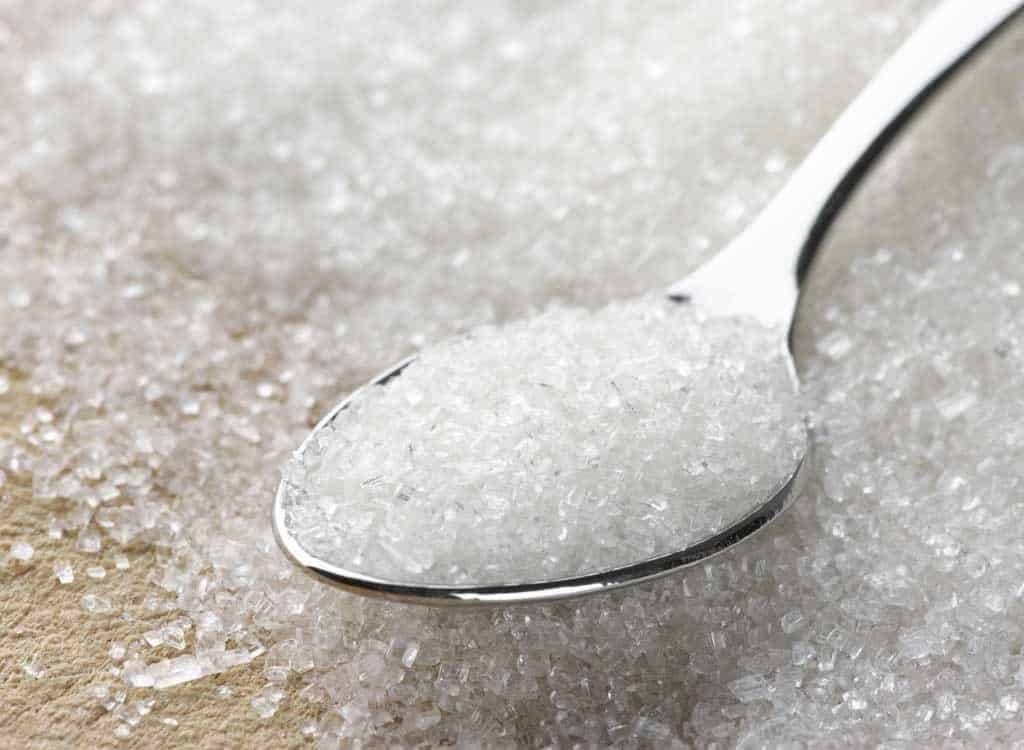Glucose In Fatty Liver Disease or Fructose?
Glucose In Fatty Liver Disease: There is a worldwide epidemic of obesity, type 2 diabetes, and metabolic syndrome. Non-Alcoholic fatty liver disease (NAFLD) is a liver manifestation of metabolic syndrome and is estimated to affect one billion individuals worldwide. The major risk factor for the development of NAFLD is excessive caloric intake, which in Western societies is mainly derived from overconsumption of high-fat foods and increased intake of sugar-sweetened beverages. Indeed, consumption of sugar-sweetened beverages has emerged as a significant risk factor for the development of obesity, NAFLD, and type 2 diabetes.
Glucose In Fatty Liver Disease? Most foods and beverages are sweetened with table sugar (sucrose) or high-fructose corn syrup, both of which are composed of monosaccharides and disaccharides of glucose and fructose. Despite the fact that fructose and glucose are both 6-carbon sugars, their metabolism is starkly different. Fructose is mainly metabolized by the liver, while glucose is used by every cell in the body. Unlike glucose, which causes robust insulin secretion, fructose alone is not an insulin secretagogue, and its metabolism is not regulated by insulin.
Researchers at Joslin Diabetes Center now have found that mice on a fatty diet
who were given high levels of fructose in their diet suffered much worse metabolic effects than those given similar calories of glucose (the other component in table sugar). The scientists went on to pinpoint biological processes that help to explain the different outcomes.This finding emerged from a study conducted by Joslin Diabetes Center scientists. The study also explored the biological processes behind the divergent fructose/glucose outcomes. Specifically, the scientists discovered that production of an enzyme called ketohexokinase (Khk), required for the first step of fructose metabolism, was increased in the livers of mice who drank fructose. When the scientists examined liver samples from obese human teenagers with fatty liver disease, they also found higher levels of Khk.
The Khk enzyme is important in metabolizing fructose, a sugar found in sweetened beverages and many other processed foods, in high-fructose corn syrup, but it is not so important in metabolizing glucose, which is found in table sugar. Consequently, the scientists suspect that Khk might offer a target for clamping down on fructose metabolism.
The Joslin researchers experimented in a mouse model used to study obesity, type 2 diabetes, fatty liver and other metabolic illnesses. These animals were given either regular or high-fat diet, and drank either plain water or water sweetened with fructose or glucose.
Over 10 weeks, none of the animals on a regular diet developed insulin resistance (a key factor in metabolic disease), although those consuming either form of sugar gained substantially more weight.
Among animals on a high-fat diet, however, significant differences emerged between those drinking fructose and glucose.
“Fructose was associated with worse metabolic outcomes,” says Softic. Mice on the high-fat diet become much more obese and more insulin-resistant compared to their peers on the glucose diet. And while both groups of animals added fat to their livers, the fat composition was quite different.
Looking ahead, the researchers will continue to explore the Khk biological pathway and to look for other promising molecular targets for treating fatty liver disease.
“This disease is almost always associated with obesity,” notes Kahn. “Once your fat cells get really full of fat and they can’t hold anymore, fat winds up going in other tissues, and the liver is the next best place.”
Almost all obese people with diabetes add some fat to their livers. “These people are more at risk of developing fatty liver disease, just as those with fatty liver disease are more at risk of developing diabetes since obesity is being a predisposing factor for both conditions,” says Softic. Glucose In Fatty Liver Disease
“The disease is much more worrisome in a child of thirteen who goes from normal liver to fatty liver to liver inflammation over the span of several years than in somebody who’s been overweight for 30 years,” says Softic. “Kids also eat more sugar than adults, so fructose may be even more of a risk factor in children, which would add to their years of poor health.”






























